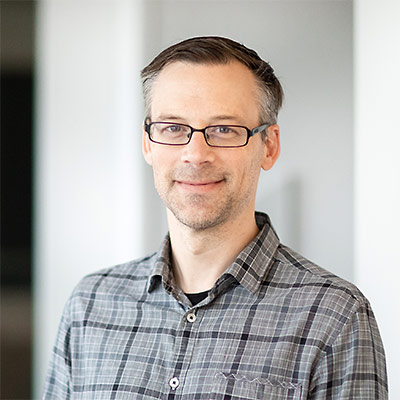
Rob Kuznia
Articles by Rob Kuznia
Early this year, when the Swedish History Museum opened its exhibit about the Holocaust – an exhibit that includes USC Shoah Foundation testimonies and some of its interactive biographies – it marked the state-funded museum’s first foray into the topic.
The exhibit has been a major success, say two Swedish museum professionals who played a prominent role in the installation, and who came to USC Shoah Foundation’s headquarters in Los Angeles last week to discuss taking the partnership to the next level.
In an effort to spark a social movement against hatred in all forms, USC Shoah Foundation, established by Steven Spielberg after his experience filming “Schindler’s List”— which gave voice to survivors and witnesses of the Holocaust and other genocides through education and action – and Discovery Education, today announced the Teaching with Testimony 2019 Stronger Than Hate Challenge
Move-in day for students at the University of Southern California this week led to a remarkable small-world moment between two strangers with ties to the Holocaust in the public-exhibit space of USC Shoah Foundation’s lobby.
Fifty-eight-year-old Alexander Moissis of the San Francisco Bay Area and his wife were helping their freshman son move into a dormitory when Alexander decided to steal away for a few minutes to visit USC Shoah Foundation, which is located on campus next to the dorm.
Their loved ones – including women and children – were slaughtered by the military and tossed into mass graves.
For more than 30 years, survivors of the Guatemalan Genocide against the indigenous population assumed nobody cared about their stories.
After all, nobody had ever bothered to ask.
Miriam Katin survived the Holocaust as a toddler because her quick-thinking mother faked their deaths in Budapest at a historically perilous time for Jews in Hungary. Now 77, Katin has a thriving career as a graphic artist whose humor cartoons have appeared in The New Yorker.
Her remarkable oral history would have been lost to time without the initiative by USC Shoah Foundation to document the stories of Holocaust survivors before it is too late.
Any individual testimony of a Holocaust survivor tells a story that is personalized and unique.
But a new Jewish Studies class at the University of Toronto is encouraging students to watch USC Shoah Foundation’s testimonies in another way – using applied statistics – to test hypotheses and find broader stories that often aren’t detectible in any single interview.
The aim for the course – called Jews: by the numbers – is to take a quantitative approach to studying the humanities.
USC Shoah Foundation is saddened by the recent loss of Eva Kor, a Holocaust survivor who – along with her twin sister – endured cruel experiments conducted on her at Auschwitz, and, half a century later, sparked controversy by publicly forgiving the Nazis who tormented her and killed her parents and two older sisters.
She went on to found CANDLES Museum and Education Center in Indiana.
USC Shoah Foundation’s William P. Lauder Junior Internship Program kicked off with discussions about the importance of being an upstander in their communities. It continued with a trip to the Japanese American National Museum, where they learned about the internment of Japanese-Americans during WWII. And it concluded with student presentations.
Holocaust Museum Houston this weekend will become the fourth museum in the world to permanently display USC Shoah Foundation’s Dimensions in Testimony, which enables viewers to verbally ask questions to a digital projection of survivors, and hear real-time, lifelike responses.
The new exhibit features Houston-area Holocaust survivor William J. “Bill” Morgan, a 93-year-old survivor of the Stanislawow Ghetto in western Ukraine.
In the 1980s, a tiny woman in her 50s named Ruth Westheimer shocked and delighted the world with her blunt advice – delivered in a grandmotherly German accent – about sex. She became a media sensation and remains a household name as “Dr. Ruth.”
Less known is her perilous journey to get there – a story that includes her survival of the Holocaust and immigration to British-controlled Mandatory Palestine, where she briefly became a sniper in a Jewish paramilitary force.